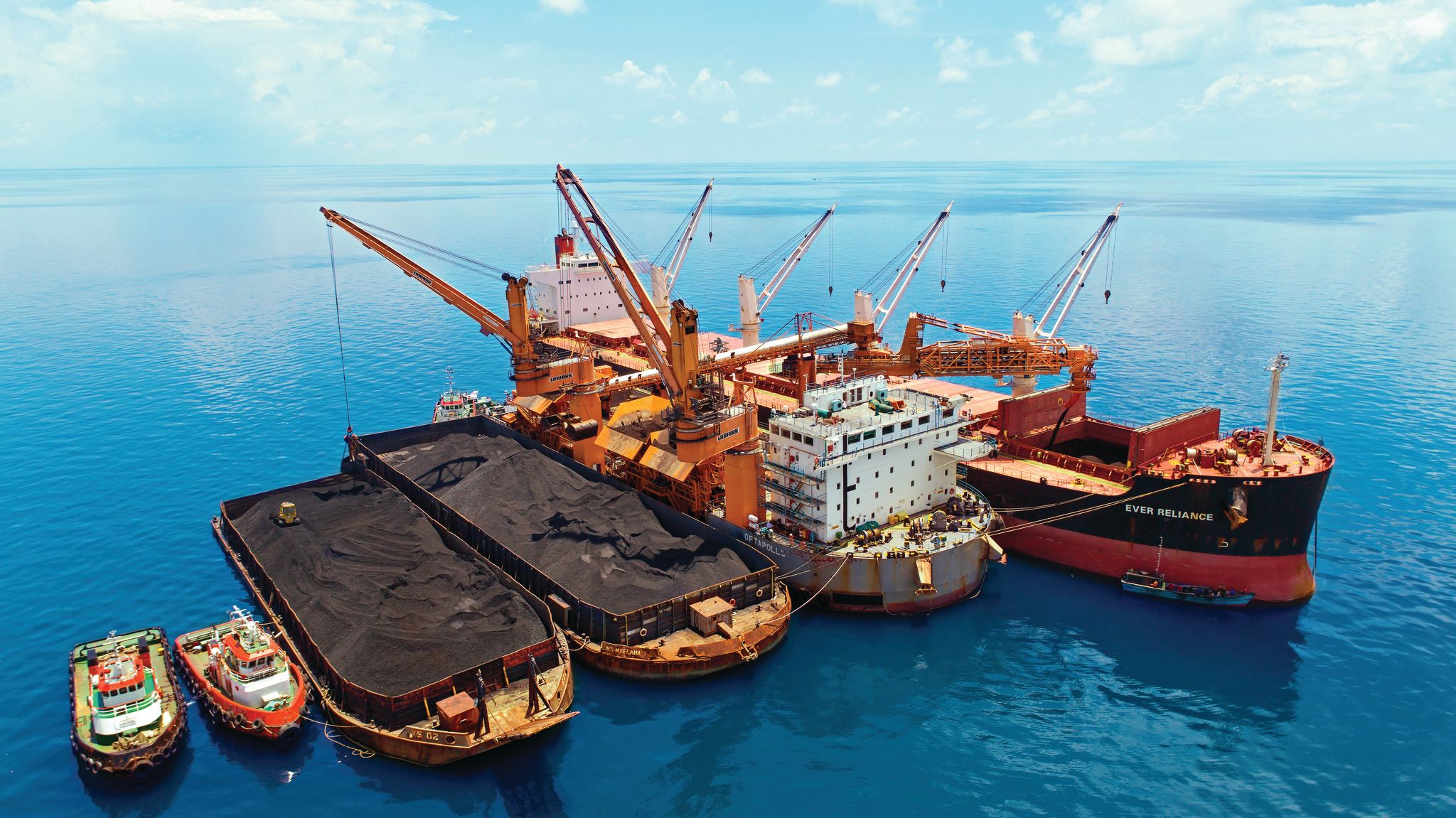
The shipping industry is under significant pressure to improve its sustainability performance. Regulators, charterers, shippers and consumers realise the social, environmental, and commercial benefits of delivering against this change. The knock-on effect has resulted in the demand to increase operational efficiencies within the supply chain to optimise vessel assets and infrastructure, reduce emissions and increase earnings.
Over the past few years, we have seen a significant rise in clean technologies and digitalisation, as the transition to cleaner, future fuels drives this evolution. New benchmarks are being set, such the Sea Cargo Charter, which increase transparency within the supply chain and require ship owners and operators to demonstrate the sustainability of their operations. Tangible action is being taken by influential organisations within the industry.
However, while this is having a significant impact on voyages, and how goods are transported at sea, one area that receives less attention – and where huge opportunities can be gained – is in the ‘first and last mile’ of the supply chain.
This is no better example than in the dry bulk sector.
Indeed, the demand for sustainability and efficiency is ushering-in a new era for transhipment companies that are more consultative and solutions-driven and have the capability and flexibility to diversify across commodities and markets. That’s why at Rocktree, we see ourselves as a Logistics Solutions Provider with a clear focus on solving the complex challenges often found within the first and last mile. And, in our view, there are three angles in which we see Rocktree being a sustainable player: our business model, our voluntary measures to enhance asset carbon footprint and our customer centric attitude.
First, our business model is built around the concept of unlocking exports/imports of commodities in remote geographical areas where infrastructure and port development would mean high investments, impossibility to open to international trade and coast depletion. We’re seeing a continued increase in port infrastructure and capacity challenges, as well as a focus on reducing environmental impact for local port communities. That’s why our offshore floating terminals (OFTs) come into their own, enabling our clients to bypass these infrastructure challenges. Moreover, they are considerably less capital intensive and can be designed, constructed, and mobilized more quickly than a land-based, fixed terminal. OFTs provide a fast and cost-effective alternative to ports that are subject to draft restrictions, and they also have a sensibly smaller environmental impact on local marine and coastal ecosystems.
Second, we’re also scrutinizing our energy efficiency with the spirit of going an extra mile from regulatory compliance. We used the entry into force of the IMO 2020 sulphur cap as a chance to review our fuel strategy. The focus was the reduction of CO2, NOx and SOx footprint. We decided to introduce gradually the usage of Bio Diesel in our fleet starting from 2019. As of today, more than 70% of our burned fuel is Bio Diesel. The impact on CO2 while increasing volumes transhipped is an objective proof of our success in this journey. As energy efficiency is a holistic program, we leverage from our inhouse digital platform to streamline data from historical power usage, fuel consumption and genset utilization to generate insights so that we can optimize in real time the utilization of our gensets. The investment in time and resources has resulted in a reduction in both costs and emissions. On the long-term horizon, we intend fostering Innovation programs that will be launched in 2022 in partnership with top-tier university in Europe and Asia. We see of paramount importance the need to create space and time for open innovation loops where young talents and experts of bulk transhipment find a common ground to open new concepts.
Finally, we also recognize the critical importance of the complex handling requirements of different dry bulk commodities, which can be significant in the efficiency of the transhipment process. That’s why we fundamentally believe that the difference in material and properties of dry bulk cargo means that no one logistics solution is fit for all. Whether it’s the rolling pellets of iron ore, the corrosive nature of salt, or the self-combustion properties of coal; all this matters when designing every element – particularly the technology processes – of a logistics solution. This includes metal detectors and separator systems to mitigate against contamination of products along with moisture and temperature analysers to continually ensure the right temperature and moisture percentage on the conveyor and cargo handling system.
Ultimately, these steps are based on ensuring the integrity and quality of the commodity for the end user throughout the transhipment and logistics process. Put simply, corners can’t be cut, and the right planning has to be done at the outset, otherwise inefficiencies and additional costs are incurred, and the viability of the product is compromised.
The shipping industry is undoubtedly heading in the right direction. And while we have seen a shining light on how ‘at sea, in voyage’ efficiencies can be generated, it is critical that the first and last mile is not forgotten. The opportunities and benefits are there for the taking and will play a crucial role in driving the sustainability of the shipping industry and the dry bulk market.